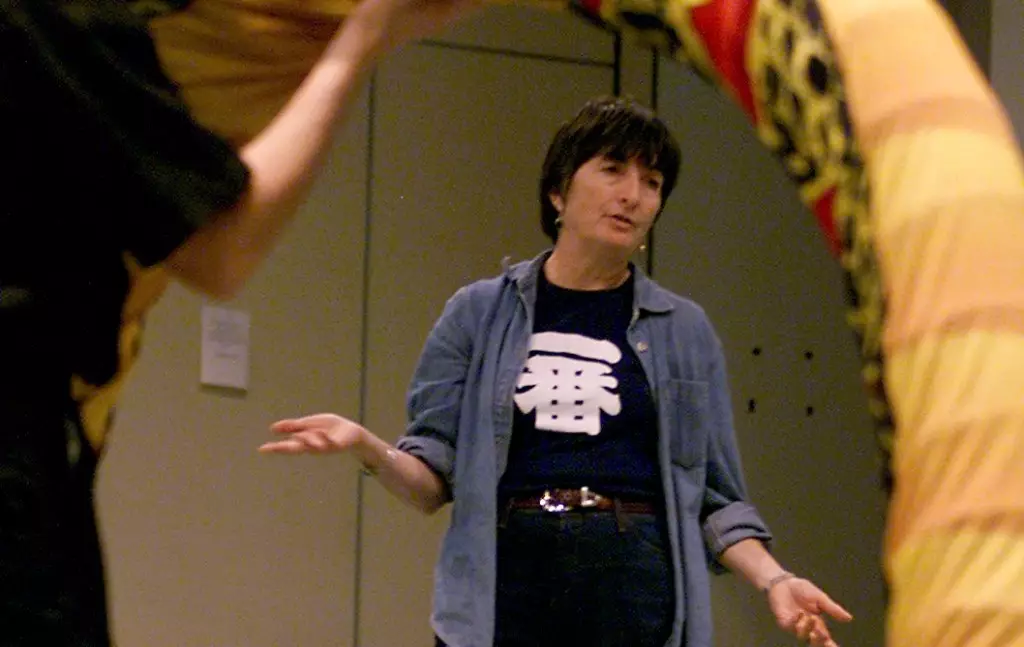Lynne Taylor-Corbett epitomized creativity within the realms of dance, theater, and film. Her recent passing on January 12, at the age of 78, from breast cancer marks the end of a significant chapter in the American performing arts scene. Best known for her choreography in Broadway shows such as *Swing* and *Titanic*, Lynne’s artistic signature developed alongside her distinct understanding of movement and emotion. Through her works, she not only entertained but also inspired a generation of artists and audience members, proving that dance transcends mere entertainment to become a powerful form of storytelling.
Born on December 2, 1946, in Denver, Colorado, Taylor-Corbett embarked on her artistic journey early. After completing high school, she pursued formal training at the renowned School of American Ballet in New York. However, her aspirations of becoming a ballet dancer shifted as she came to recognize her true strength lay in choreography. Reflecting on her earlier ambitions, she candidly admitted, “I was never really suited to be a ballet dancer, but I had a gift for theatricality and movement.” This revelation paved the way for a flourishing career, ultimately leading to extensive accomplishments beyond the confines of traditional ballet.
Taylor-Corbett’s career took off in the early 1980s, as she began collaborating with prominent dance companies. The American Ballet Theater and City Ballet, among others, welcomed her innovative approaches to choreography. Her Broadway debut in 1981, with *Shakespeare’s Cabaret*, set the stage for future projects that showcased her talent. By 1988, she gained significant recognition with *Chess*, a musical that, despite its brief tenure on Broadway, emphasized her ability to bring complex narratives to life through dance.
The mid-1990s marked another peak in her Broadway career. Her choreography for *Titanic* in 1997 and the biographical musical *Jackie* solidified her status as a powerhouse in the theater community. However, it was her direction and choreography for *Swing!* in 2000 that garnered her widespread acclaim. The show, which celebrated the jazz-swing genre, not only featured classic songs but also highlighted her unique blend of energetic choreography and artistic direction, earning her Tony nominations in both categories.
Beyond the stage, Lynne Taylor-Corbett made influential strides in Hollywood. The dance scene from 1984’s *Footloose*, featuring Kevin Bacon’s charismatic moves, became iconic, marking a breakthrough for both Taylor-Corbett and the film industry. This success led to further collaborations on projects like *My Blue Heaven* and *Vanilla Sky*, showcasing her versatility and ability to adapt her choreography for cinematic storytelling. Such cross-medium accomplishments underline her talent for transforming the physicality of dance into compelling narratives, whether in the spotlight of Broadway or on the silver screen.
Taylor-Corbett’s contributions to both theater and film exemplify how one artist’s vision can transcend genres and generations. Her ability to blend theatricality with movement enriched the narratives of every project she undertook, from the allure of Broadway to the enchantment of Hollywood.
Lynne Taylor-Corbett leaves behind a profound legacy as a choreographer and director who breathed life into stories through dance. She is survived by her son, Shaun Taylor-Corbett, and her sisters, all of whom will undoubtedly carry forward her artistic spirit. As the performing arts community mourns her loss, it also celebrates her multitude of contributions that transformed the landscape of dance and theater.
Lynne Taylor-Corbett’s artistry was characterized by her unique talents, heartfelt stories, and groundbreaking choreography. As we reflect on her life, it becomes evident that her legacy will endure not only through the works she created but also through the inspiration she provided to countless others in the world of dance and beyond. Her story is a testament to the transformative power of the performing arts, showcasing how one individual’s creativity can resonate deeply across various platforms and generations.



Leave a Reply